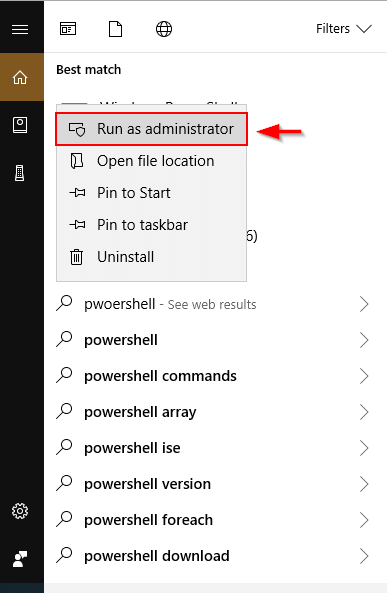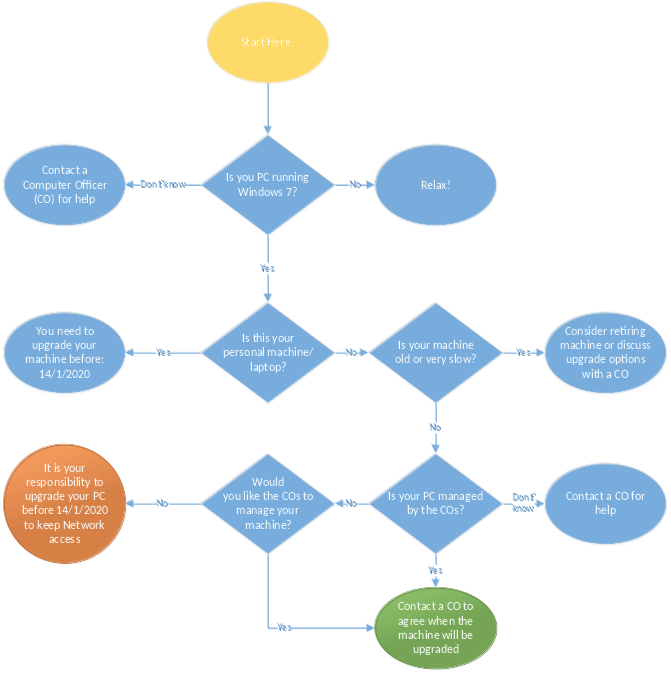

Better yet, you can do all of it for free. You can give yourself a temporary reprieve from saying bad things about your computer under your breath. You can make it so much easier to use your PC. If you've been suffering lately, now's the perfect time to take a few minutes to go through some of the tried-and-true troubleshooting steps. Laggy performance speed can render your computer pretty much useless - especially when you can barely open a window, load a website or even start up your system.

Whether you're using your PC to get work done or have fun, a slow computer can make life way more frustrating than it needs to be. then restart computer.There's nothing more frustrating than a sluggish computer.

To solve, click Computer -> right click to properties -> click advanced system settings -> click settings (Performance) ->Advanced -> Change -> deselect "Automatically manage paging file size for all drivers -> select "System managed size" -> press okay, apply, etc. not even close to the amount of memory available), chances are Windows is not appropriately managing your RAM. To do this, go to the task manager then click performance. Before becoming complacent with your newly, annoyingly sluggish computer, first check your computer's amount of RAM available relative to RAM in use. This is done by Windows 7 requesting a larger page size than what may be available through its management. If when you upgrade to Windows 7 and are having problems with your computer running slowly (more specifically, the computer is not using the full amount of RAM available), it could be that Windows is automatically restricting the amount of RAM despite there being more available.


 0 kommentar(er)
0 kommentar(er)
